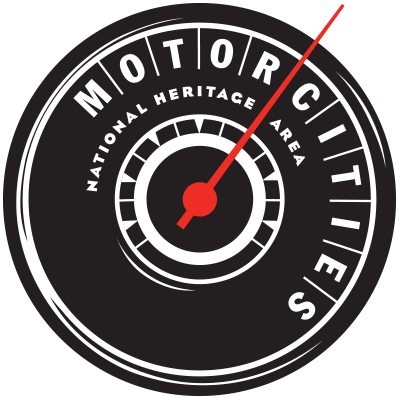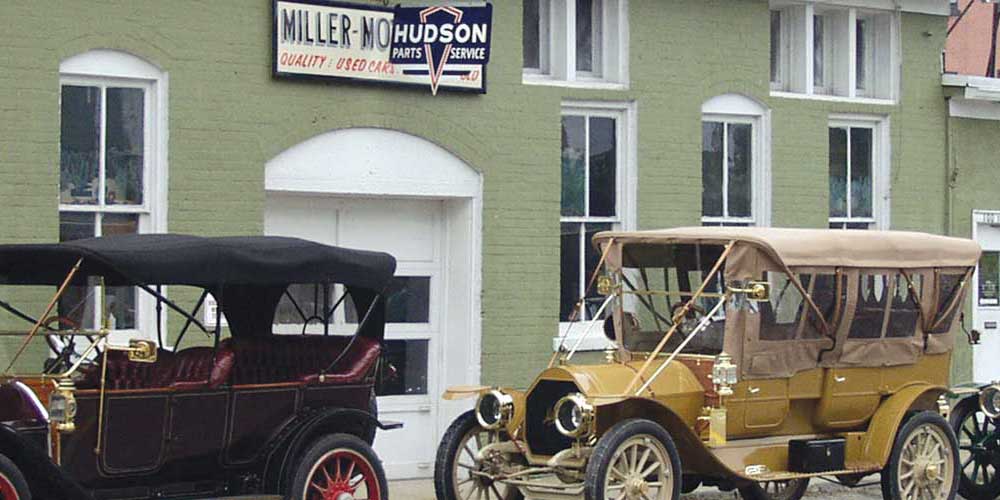By Robert Tate, Award-Winning Automotive Historian and Researcher
Images Courtesy of Moulton Taylor Aerocar Archives
Published 4.9.2025
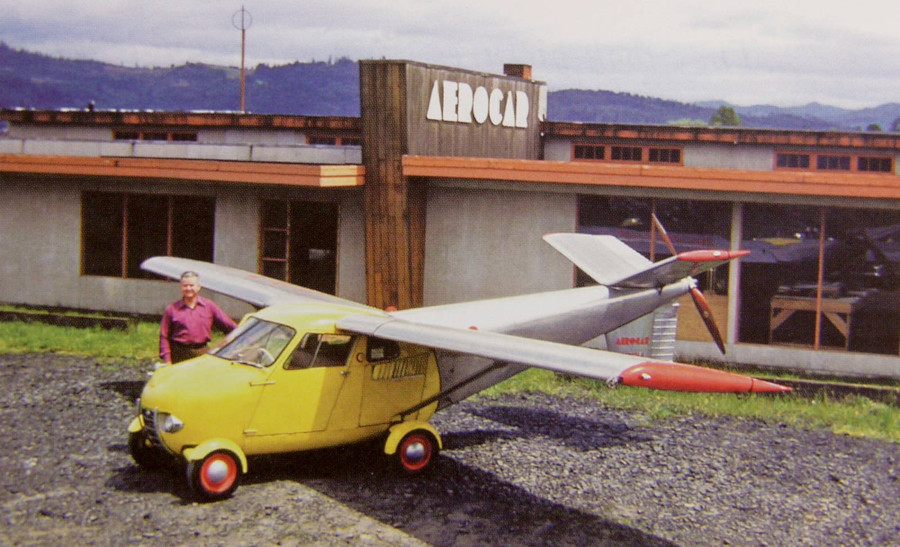 An early Aerocar with Moulton B Taylor
An early Aerocar with Moulton B Taylor
The history of the flying automobile, known as the Aerocar, is the legacy of Moulton B. Taylor (September 29, 1912 - November 16, 1995). He was an inventor and aviation enthusiast, who was born in Portland, Oregon and graduated from the University of Washington with a degree in engineering.
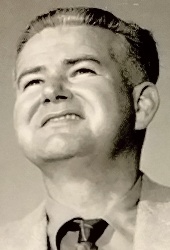 Moulton B Taylor
Moulton B Taylor
In 1936, Taylor received flight training with the Navy while serving with the Pacific Fleet. He was awarded the Legion of Merit medal for his work on the Navy’s Gorgon Missile program.
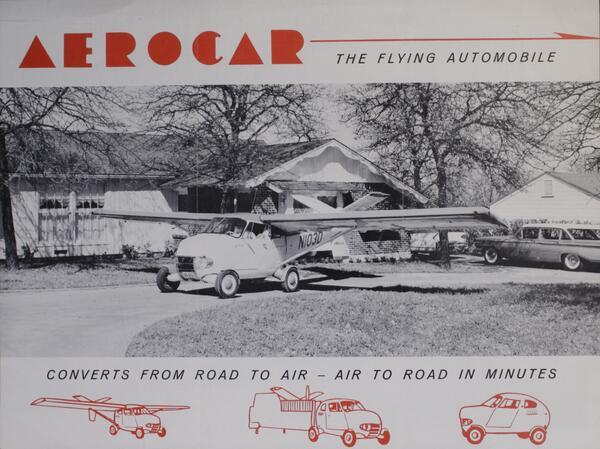 The cover of an Aerocar sales brochure
The cover of an Aerocar sales brochure
After World War II ended, Taylor founded Aerocar International in Longview, Washington. In 1949, Taylor designed his first flying automobile prototype and successfully flew it for the first time one year later. That was followed by four and a half years of constant engineering testing. In December 1956, after many years of development, testing and modifications, the Aerocar’s design was certified and granted approval by the Federal Aviation Administration (FAA).
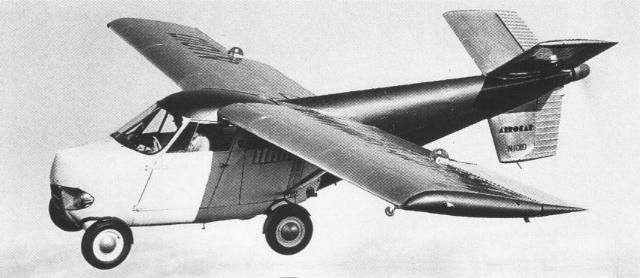 The Aerocar in flight
The Aerocar in flight
Historians have reported that only six Aerocar models were ever produced. Taylor’s Aerocar was first introduced to the public in 1950. It had a top speed of 67 mph, a cruising speed of 55-60 mph and was considered one of the first realistic flying automobiles ever seen.
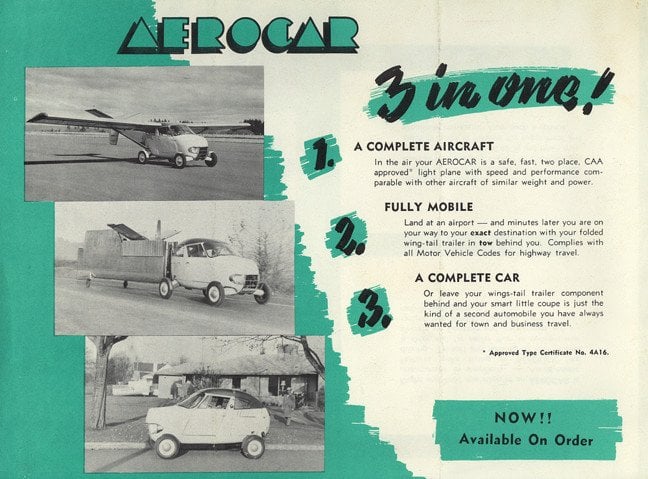 An Aerocar sales flier
An Aerocar sales flier
Throughout Taylor’s career, he wanted to innovate and create a new way for people to travel. His small flying vehicle was the visionary’s concept to true transportation freedom. The Aerocar introduced the advantages of a true flying automobile experience and reminded me of the flying car that George drove on the popular 1960s cartoon series “The Jetsons.”
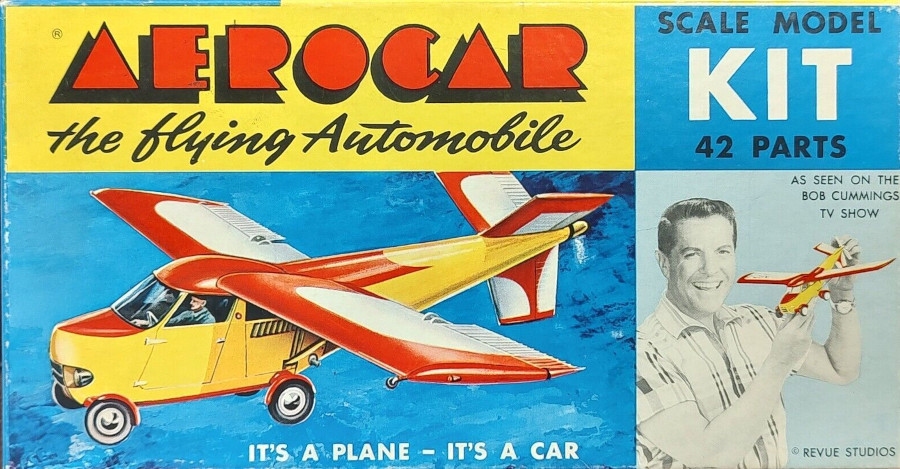 An Aerocar plastic model, 1961
An Aerocar plastic model, 1961
Not only was the Aerocar designed to fly, it was also able to transform from automobile to aircraft. The Aerocar project cost more than $750,000 and many long hours were spent testing it both on the road and in the air. On the road, the vehicle was tested over more than 20,000 miles. The Aerocar had to comply with all the motor vehicle laws in place at the time from each state.
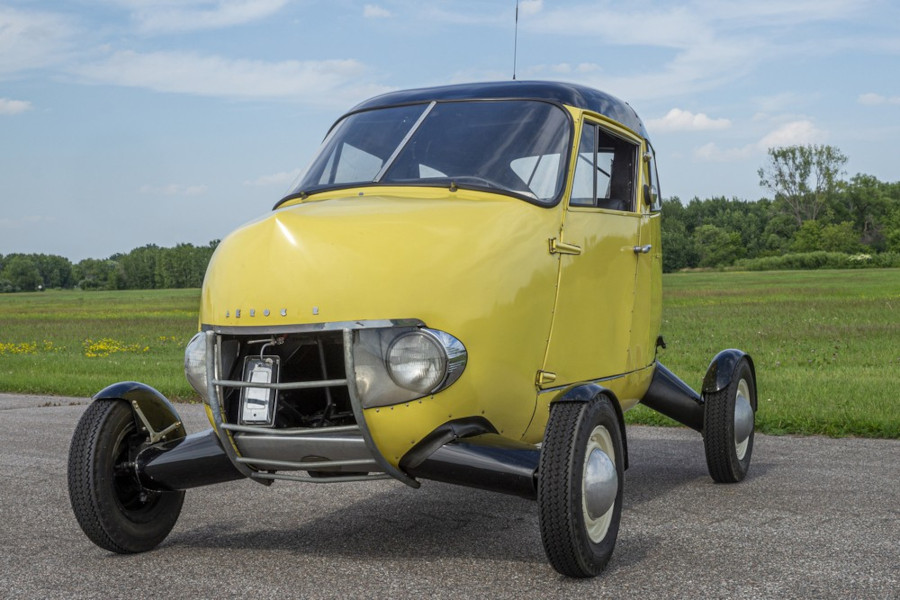 An actual example of the Taylor Aerocar
An actual example of the Taylor Aerocar
While the Aerocar generated positive interest from the both media and consumers alike, Taylor could not find an automaker or aircraft company to manufacture his product in mass numbers due to safety concerns. In 1970, the Ford Motor Company expressed interest in the Aerocar project, however, with government safety concerns and environmental regulations, the idea went nowhere. In 1968, an Aerocar III was built, and today, it is on display at the Museum of Flight in Seattle, Washington.
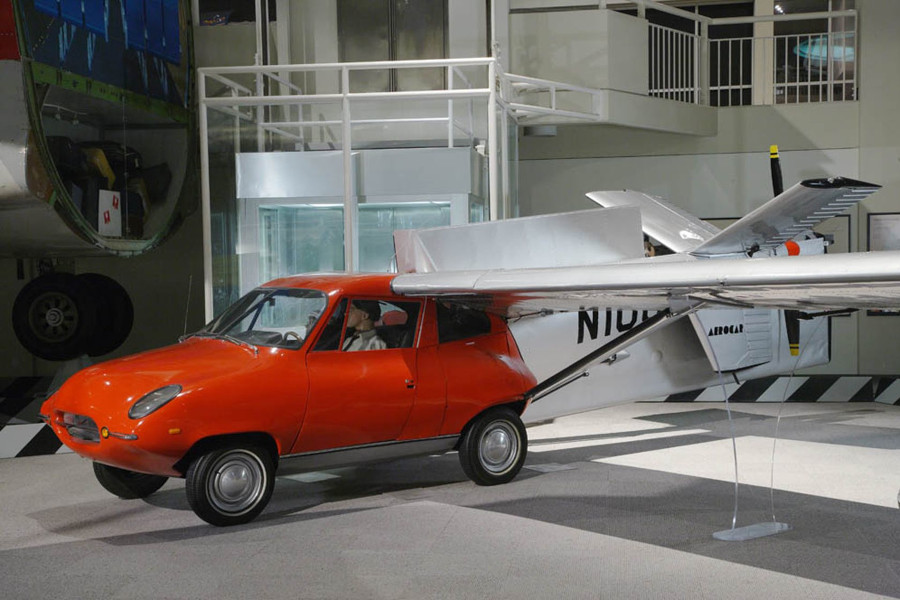 The Aerocar III on display at the Seattle, Washington Museum of Flight
The Aerocar III on display at the Seattle, Washington Museum of Flight
In conclusion, when Taylor passed away, his design of the Aerocar was put on display for future generations to see at several museums. His creative automotive design that could also fly will always be remembered in our history books.
Bibliography
“The Taylor Aerocar: History of a Flying Car.” Motor Trend, April 23, 2020.
Weiss, Arturo. “The Story of the Taylor Aerocar.” Simple Flying, June 26, 2022.
Cipalla, Rita. “The Aerocar, a Combination Car and Plane, Makes Its First Public Flight in Longview on December 8, 1949.” HistoryLink.org, Essay 20930. December 3, 2019.
